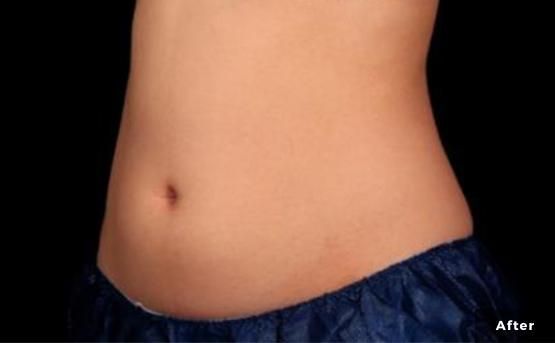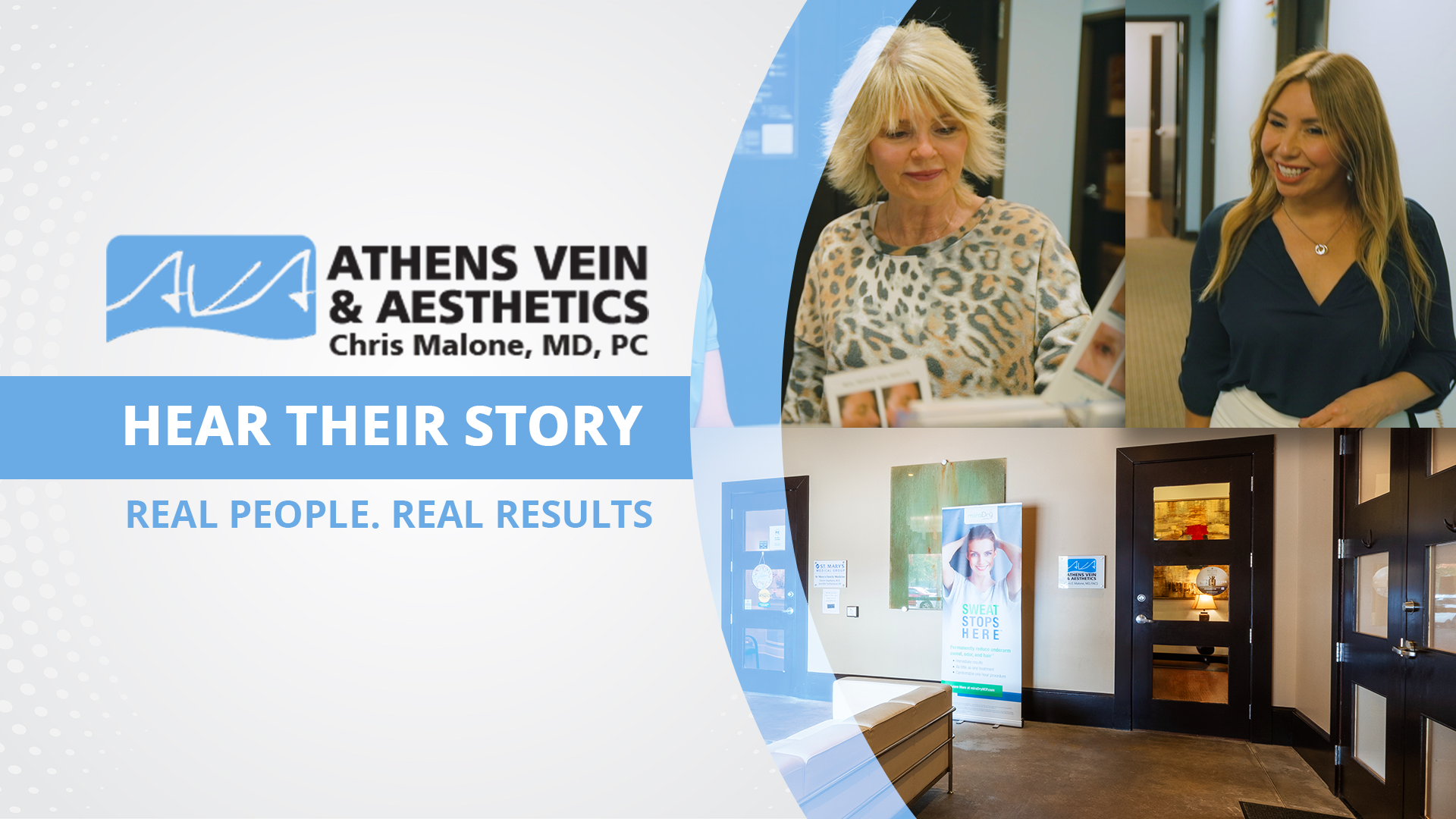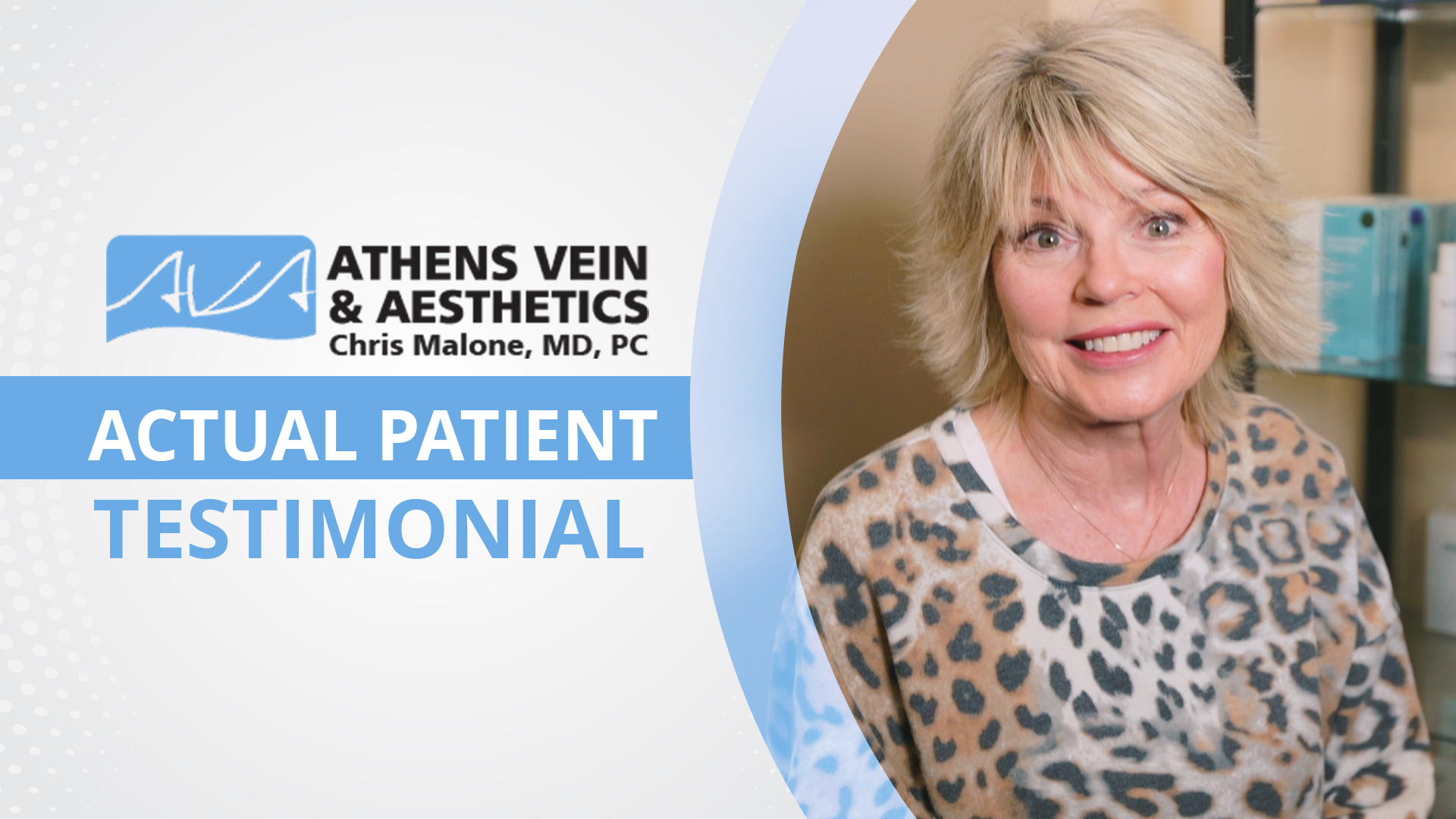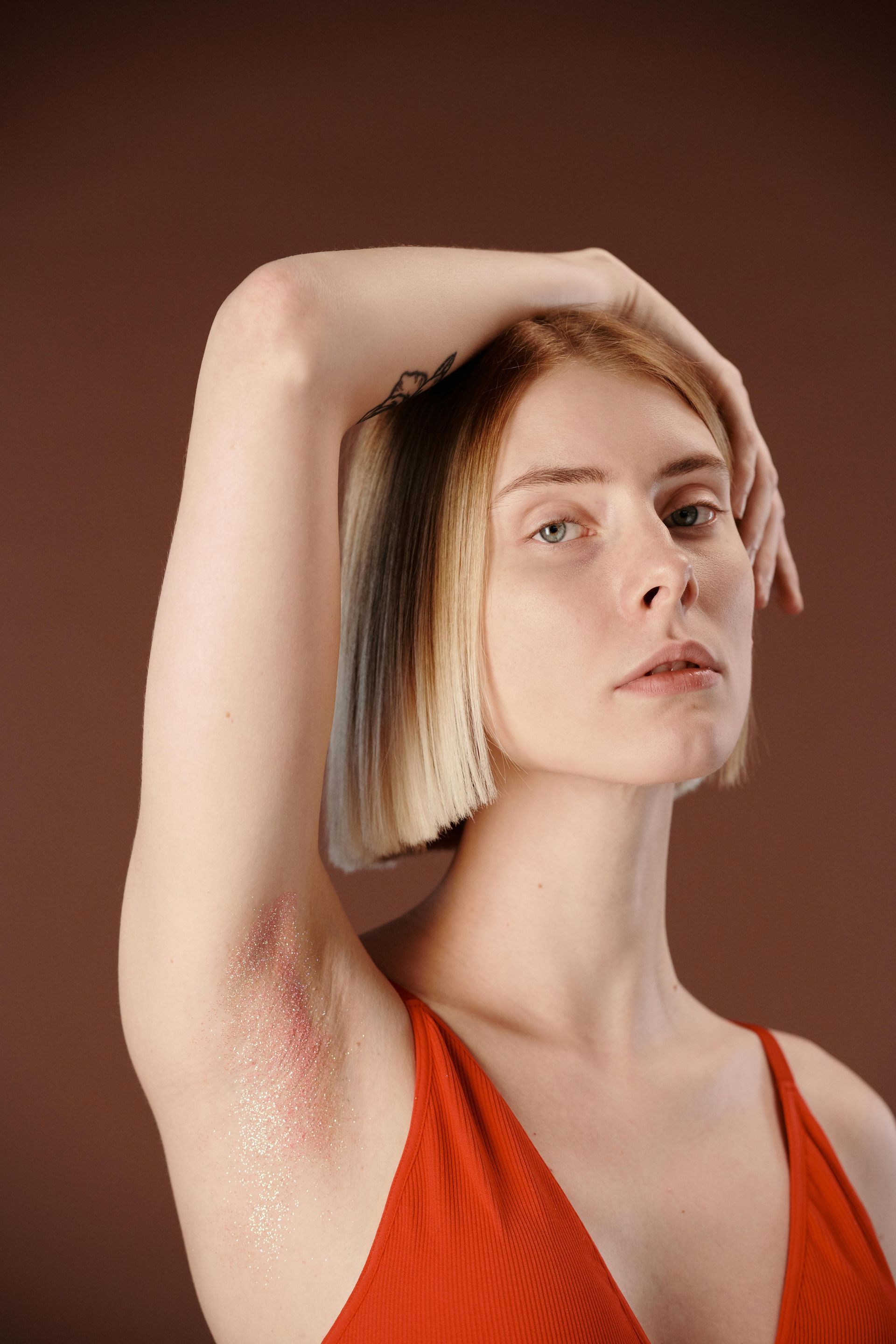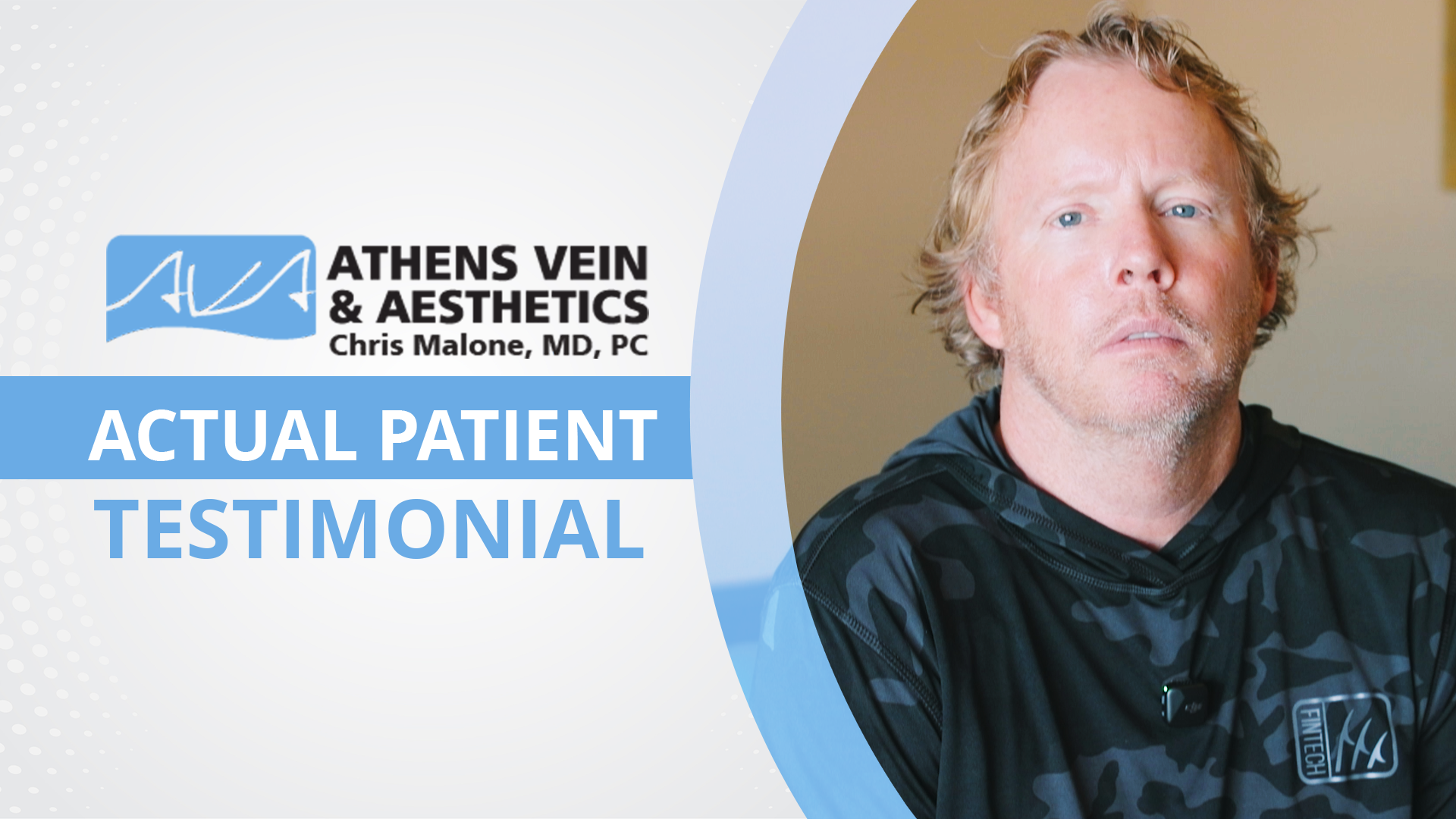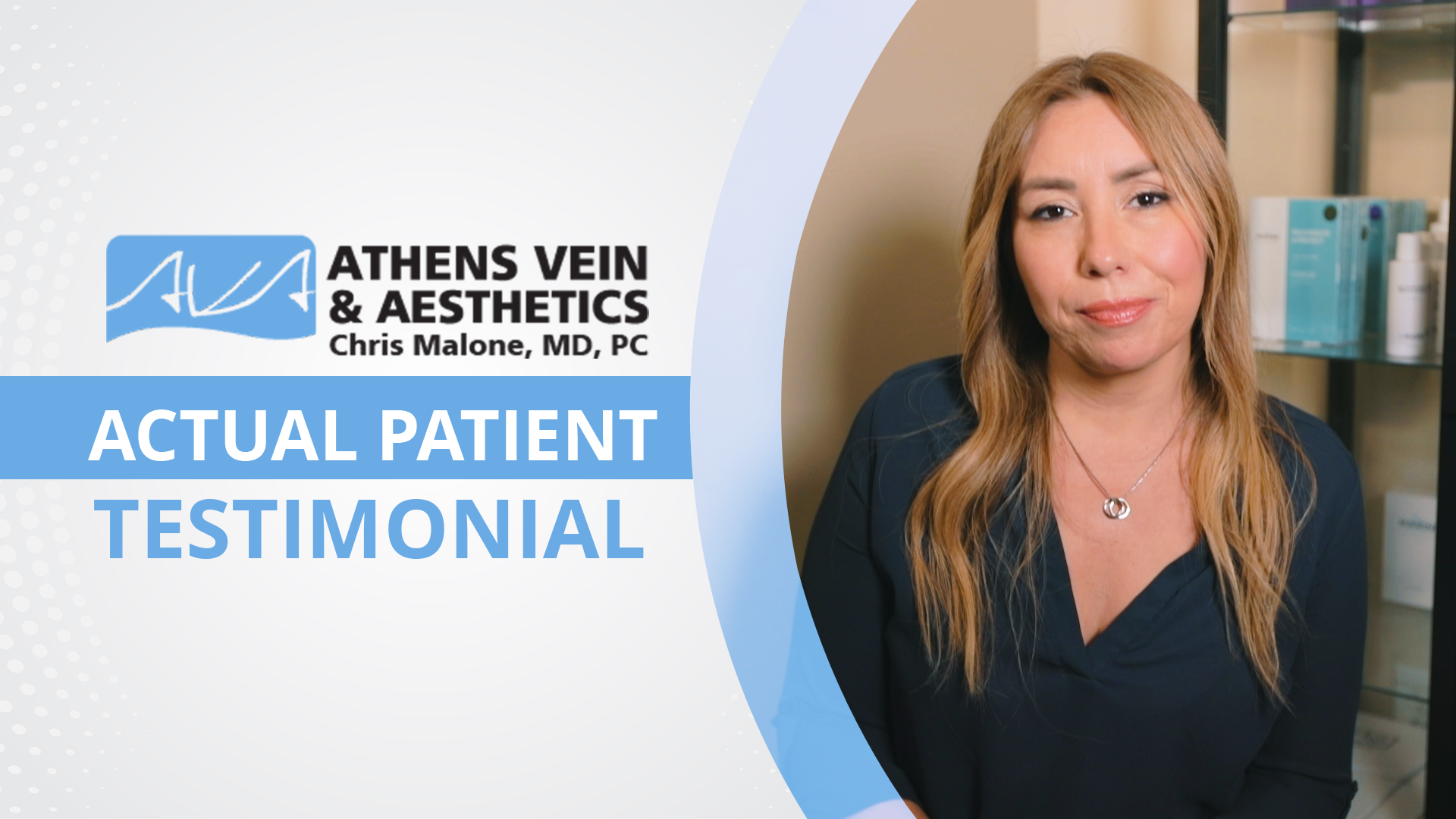Dermaplaning: The Secret to Silky Smooth Skin
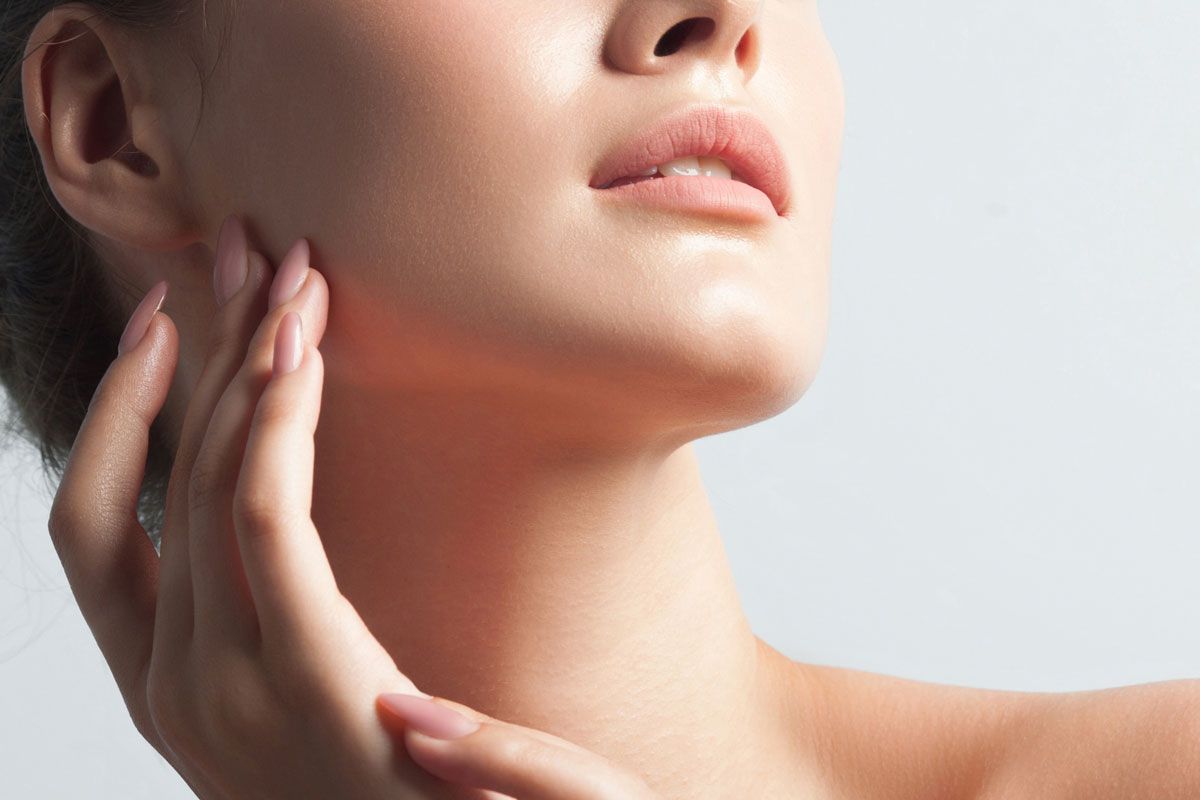
If you've ever dreamed of having ultra-smooth, glowing skin that looks flawless with or without makeup, dermaplaning might just be your new skincare obsession. This trending exfoliation technique has taken the beauty world by storm—and for good reason. But what exactly is dermaplaning, and is it right for you? Let’s break it down.
What Is Dermaplaning?
Dermaplaning is a non-invasive cosmetic procedure that involves gently scraping the surface of the skin with a sterile surgical blade to remove dead skin cells and fine vellus hair (a.k.a. peach fuzz). The process may sound intimidating, but it's actually painless and highly effective when done by a trained professional. Think of it as an advanced form of exfoliation that leaves your skin ultra-smooth, radiant, and more receptive to skincare products.
How Does Dermaplaning Work?
A licensed medical aesthetician or dermatologist uses a scalpel-like blade to manually exfoliate the top layer of skin. This process:
- Removes dull, dead skin cells
- Eliminates peach fuzz
- Smooths skin texture
- Promotes cell turnover
- Helps makeup apply more evenly
The entire procedure usually takes about 30–45 minutes, and there's no downtime—you can return to your regular activities immediately after.
Benefits of Dermaplaning
Smoother Skin Texture
The removal of dead skin and fine hair instantly leaves your face feeling incredibly soft and smooth.
Brighter Complexion
By getting rid of the top layer of dull skin, dermaplaning reveals a brighter, fresher complexion underneath.
Better Product Absorption
Serums and moisturizers penetrate deeper and work more effectively on freshly exfoliated skin.
Flawless Makeup Application
Say goodbye to cakey foundation! Makeup glides on effortlessly after dermaplaning.
Photo-Ready Skin
Without peach fuzz or dry patches, your skin looks smoother and more even in photos and under lights.
Is Dermaplaning Safe?
For most people, yes—dermaplaning is safe and effective, especially when performed by a trained professional. However, it may not be ideal if you have:
- Active acne or cystic breakouts
- Rosacea or highly sensitive skin
- A history of excessive skin irritation
If you're unsure, consult a licensed medical esthetician or dermatologist to determine whether dermaplaning is right for your skin type.
DIY vs. Professional Dermaplaning
While there are plenty of at-home dermaplaning tools on the market, professional treatments offer:
- Safer technique (less risk of nicks or irritation)
- Higher-grade tools
- More dramatic and longer-lasting results
If you do try it at home, be sure to follow hygiene and safety instructions carefully to avoid damaging your skin.
How Often Should You Get Dermaplaning?
Most professionals recommend getting dermaplaning done every 3 to 4 weeks, which aligns with your skin’s natural cell turnover cycle.
Ready to Try Dermaplaning?
Whether you're prepping for a big event or just want to elevate your skincare routine, dermaplaning is a simple yet powerful way to achieve radiant, smooth, and photo-ready skin. It’s one of those “why didn’t I try this sooner?” treatments that can make a real difference. Always choose a licensed and experienced professional to ensure the best (and safest) results. Your skin deserves it! So, why wait? Contact Athens Vein & Aesthetics today at 706-850-3444. Our team will evaluate your skin during a consultation to ensure dermaplaning is right for you!
